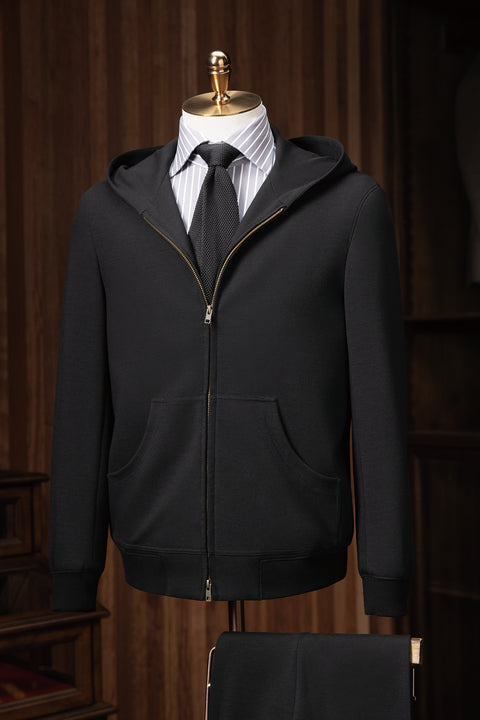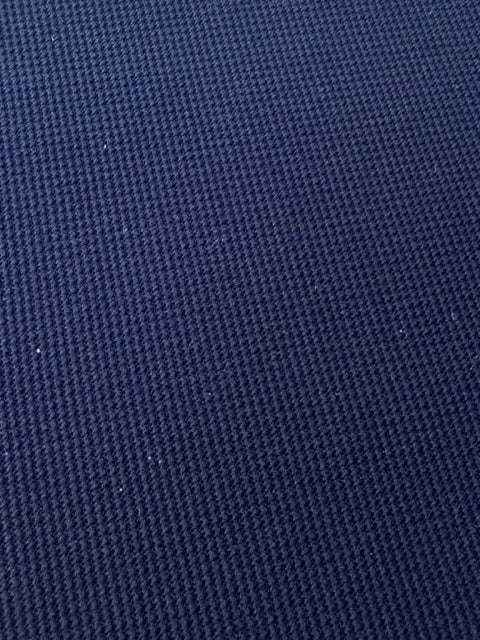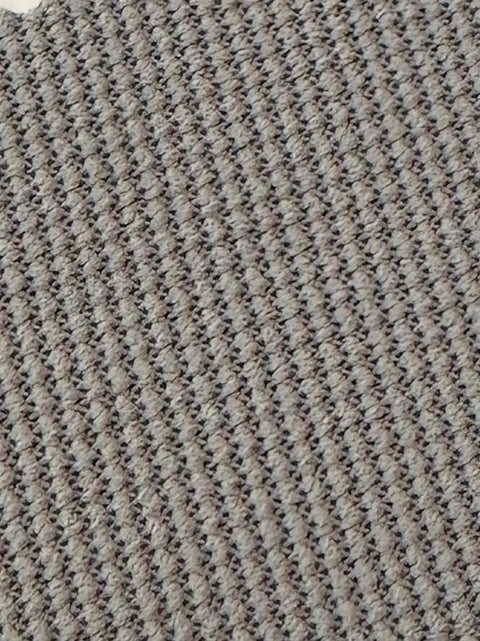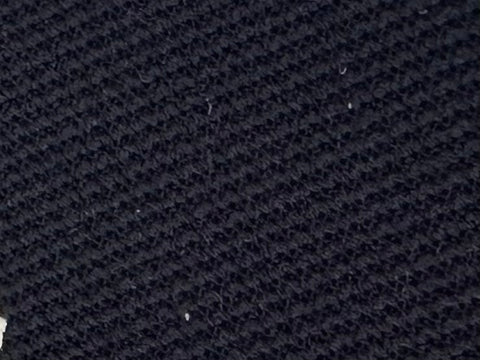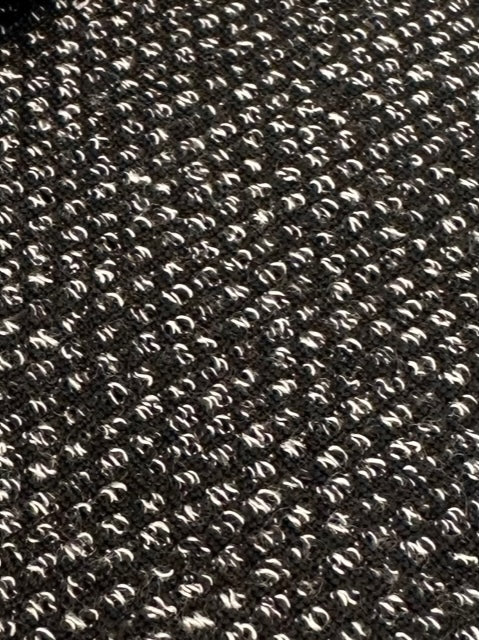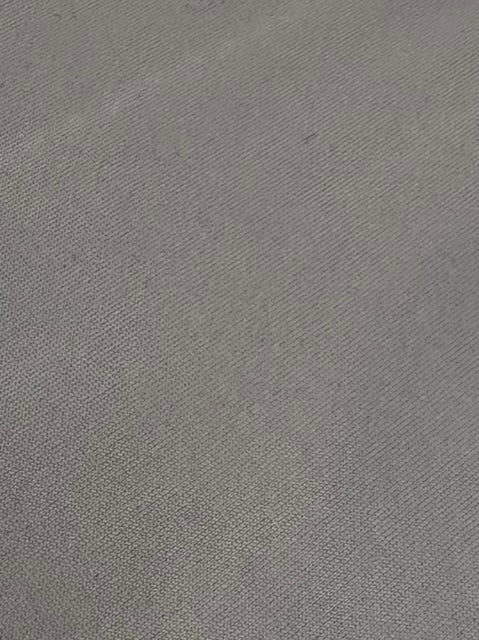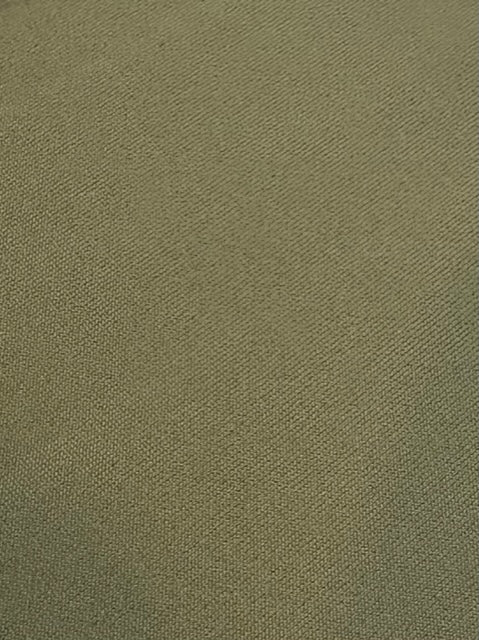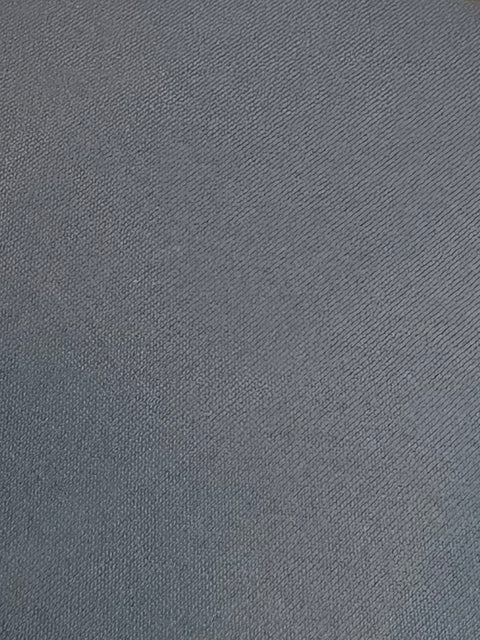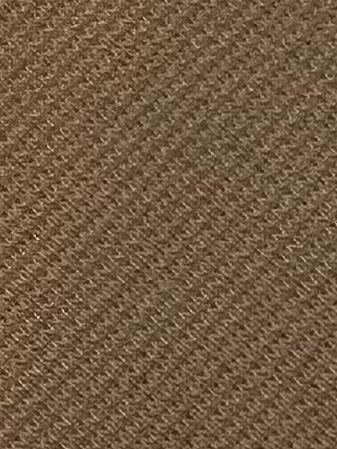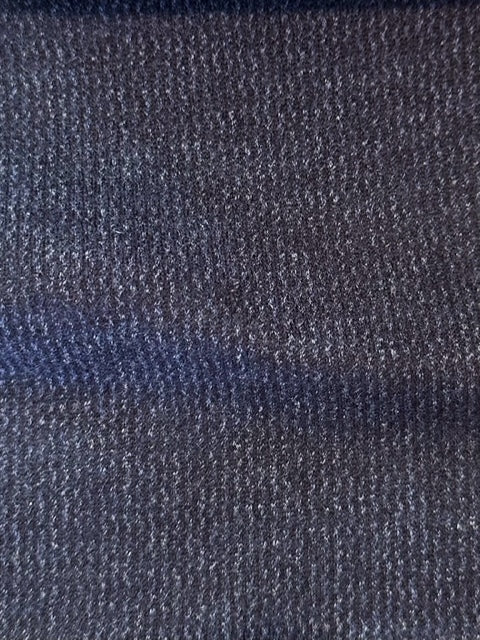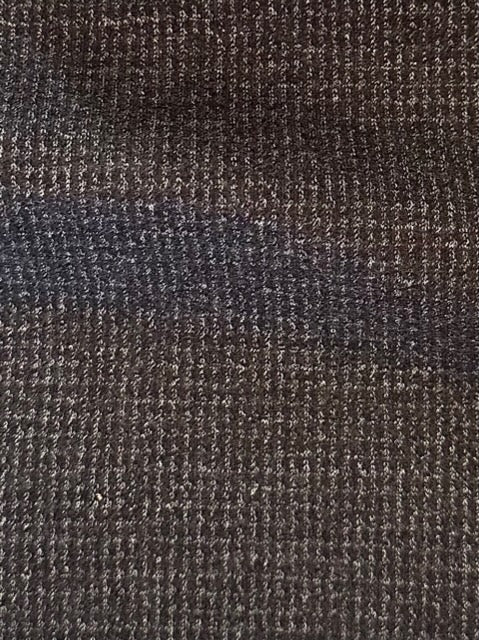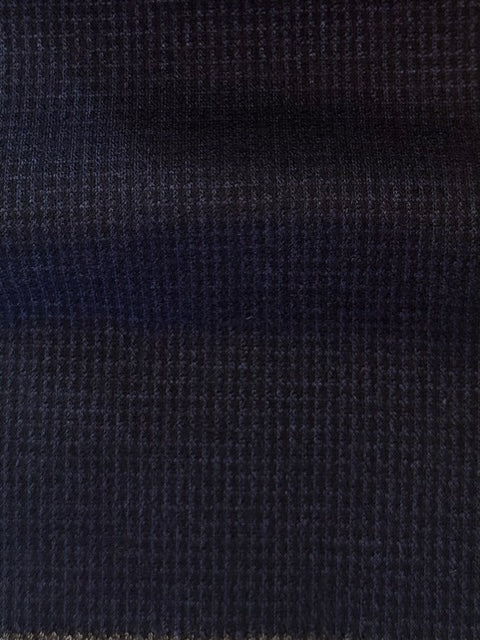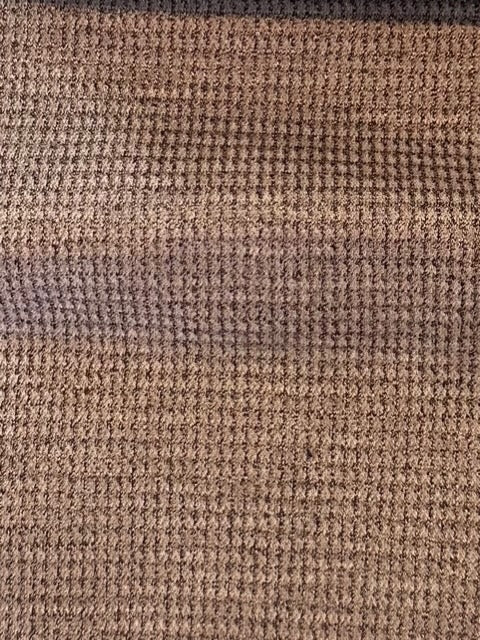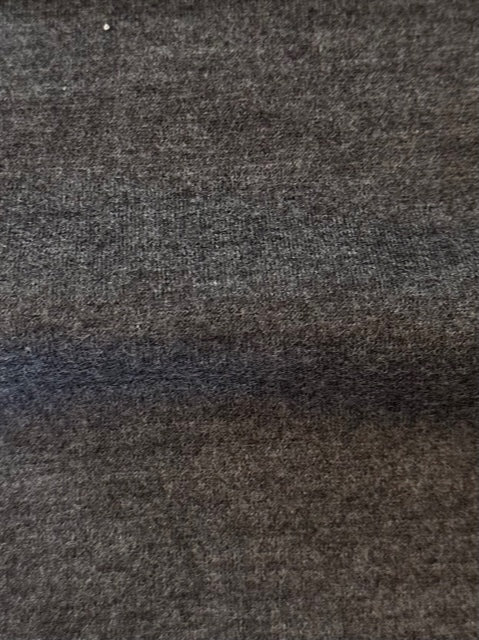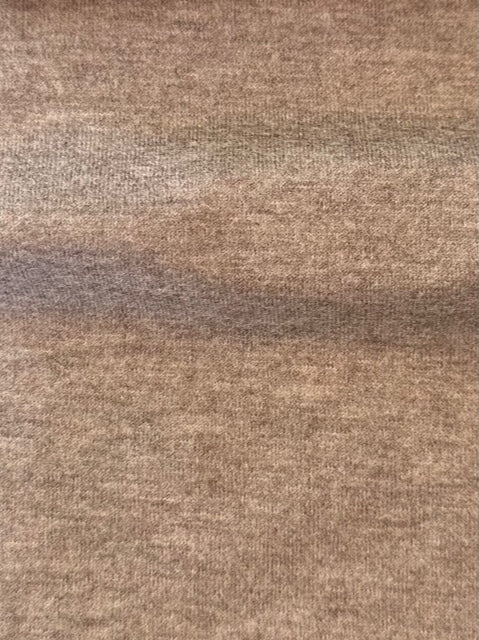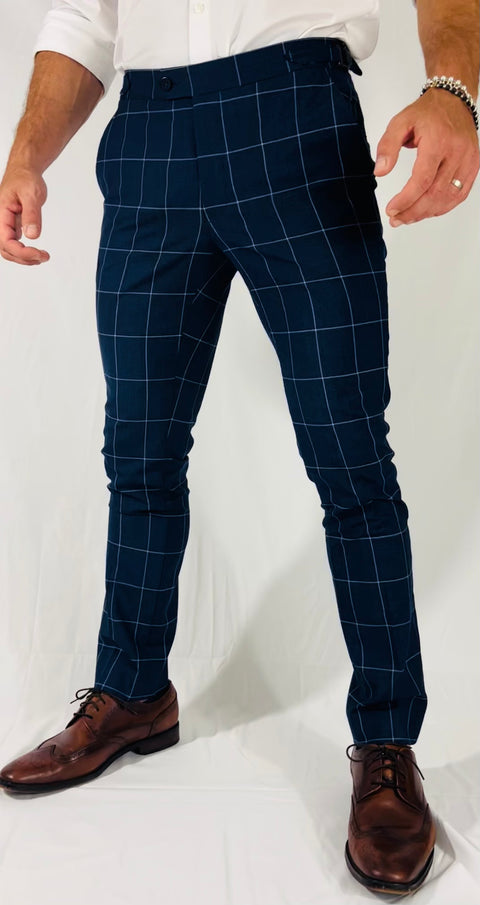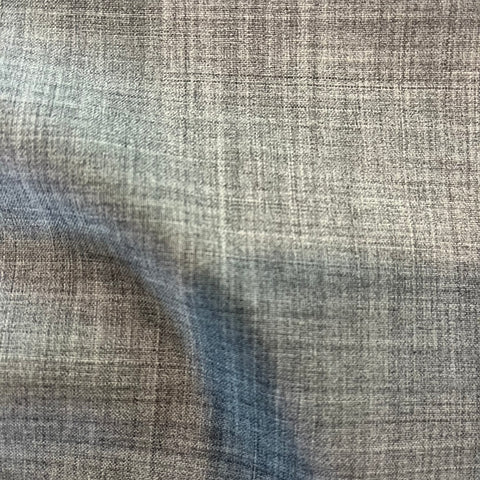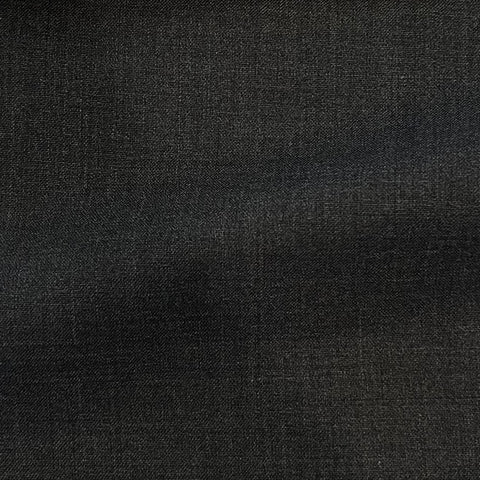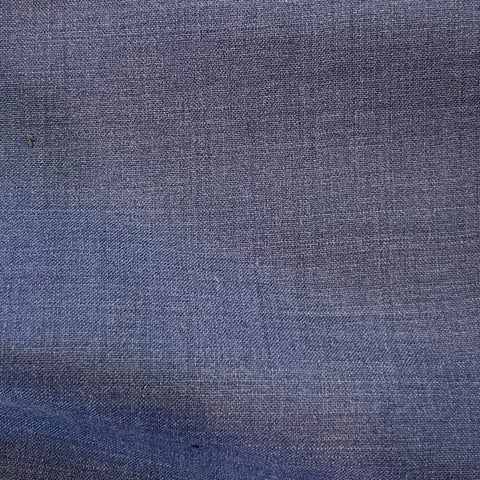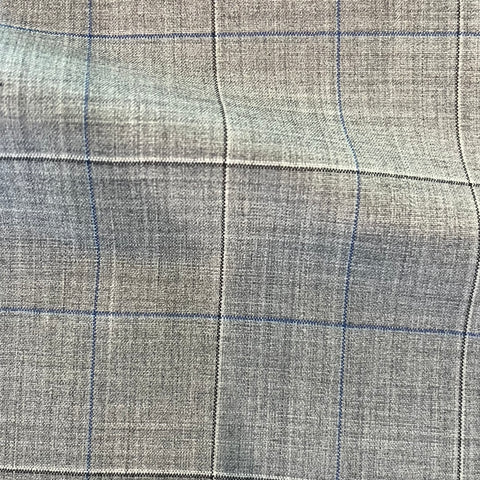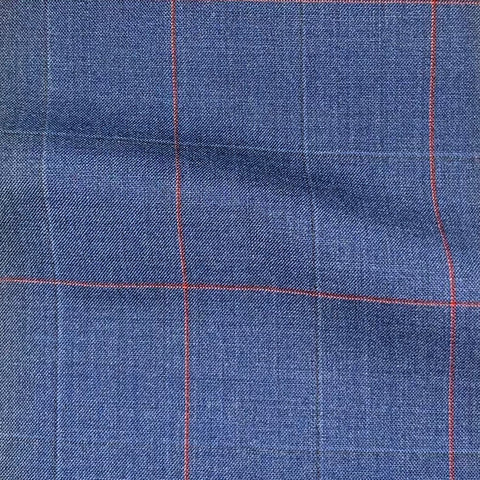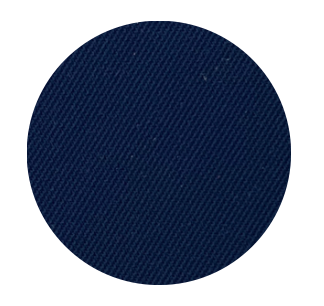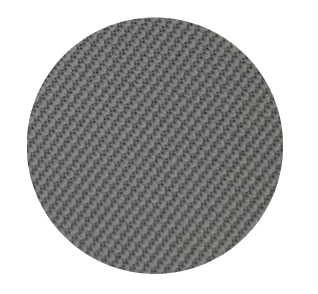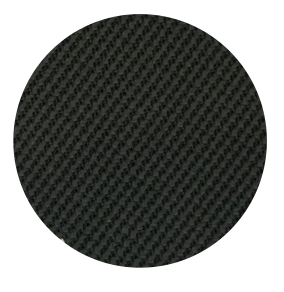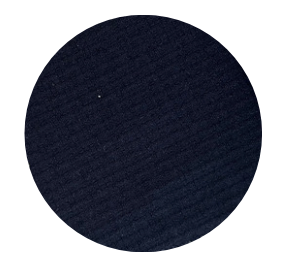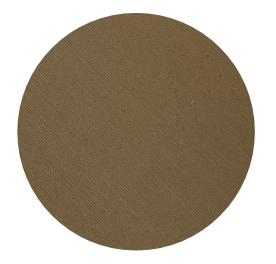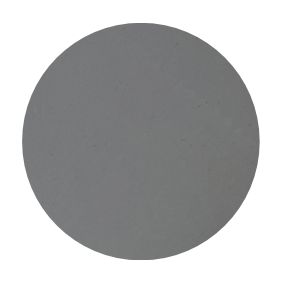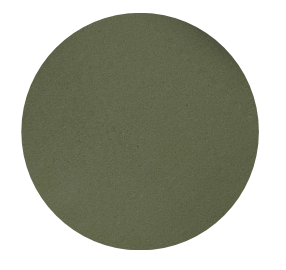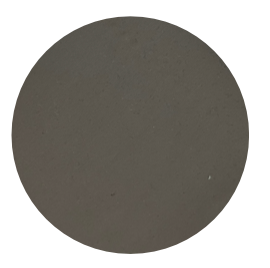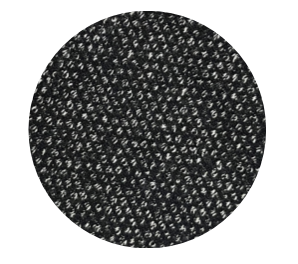Sustainability In Fashion
The Custom Club holds no inventory and therefore contributes ZERO waste to the environment. Learn more about the impacts of fast fashion below.
The precise negative environmental impact of the fashion industry remains unknown, but it is sizeable. The industry’s boundaries spread globally and its multitiered supply chain remains complex and opaque. Thanks to trade liberalization, globalization, and enduring cost pressures, very few brands own the assets of their upstream factories, and most companies outsource final production. “There are still very, very few brands who know where their stuff comes from in the supply chain, and even fewer of them have entered into active relationships with those suppliers to reduce their carbon footprint,” says environmental scientist Linda Greer. This complexity and lack of transparency means estimates of the industry’s carbon impact range from 4% (McKinsey and the Global Fashion Agenda) to 10% (U.N.) of overall global carbon emissions.
Like all industries, fashion is nested in a broader system. It is a system premised on growth. While serving as an executive in the industry, never once did a CFO ask me if the business could contract to yield a more durable customer base. Nor did I ever hear from a Wall Street analyst making a pitch for Timberland to prioritize resilience ahead of revenue growth. This unyielding pursuit of growth, of “more,” drives strategies that are specific to the fashion industry. Because it is hard to make a better performing or more efficient blouse, handbag, or pair of socks, to motivate consumption, the industry pushes change. Not better — just different, cheaper, or faster.
Combine the imperative of growth with accelerating product drops, long lead times, and global supply chains, and the result is inevitable overproduction. Notwithstanding improvements in technology and communications, predicting demand across tens of styles that are launched seasonally is much easier than doing the same for thousands of styles released monthly. Therefore, fashion inventories inevitably accumulate, and 40% of fashion goods are sold at a markdown. “The urge to sell more and get consumers to buy more is still in the DNA of the industry,” says Michael Stanley-Jones, co-secretary for the UN Alliance for Sustainable Fashion. “Clothes have a very short life span and end up in the dump.”
The speed of this hedonic treadmill continues to ramp up exponentially. Five years ago, McKinsey reported that shorter production lead times enabled by technology and revised business systems enabled brands to “introduce new lines more frequently. Zara offers 24 new clothing collections each year; H&M offers 12 to 16 and refreshes them weekly.” This acceleration and proliferation of “newness” served as a constant draw to bring consumers back to sites and stores.
This level of speed already seems outdated and quaint. Shein (pronounced She-in) is now “the fastest growing ecommerce company in the world.” According to SimilarWeb, its web site ranks number one in the world for web traffic in the fashion and apparel category. Selling tops for $7, dresses for $12 and jeans for $17, Shein makes Zara and H&M look expensive and slow. To deliver on low price points for fast changing styles, these “real time” brands rely on fossil fuel-based synthetic materials that are cheaper, adaptable, and more widely available than natural materials. As a result, polyester has grown to become the number one synthetic fiber and now represents more than half of all global fiber production. It is derived from nonrenewable resources, requires a great deal of energy for extraction and processing and releases significant byproducts.
We don't make size runs, we don't buy inventory and we don't do discounted, fast fashion. Our garments are made to last and with each of you, and our planet in mind.
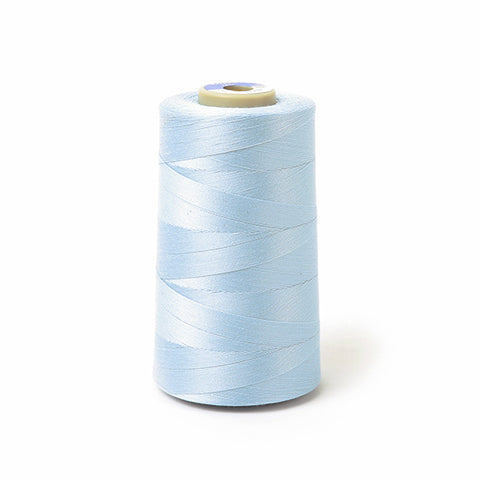
Down to the thread
We don't even waste thread. Your selections are captured and applied to your garments with the utmost care.
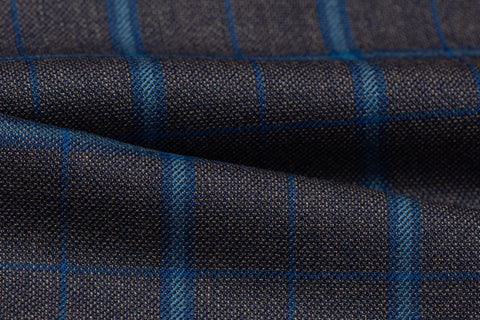
Fabrics
Our fabrics are sourced from the most famous mills worldwide. We purchase in "cut lengths" to eliminate waste.
